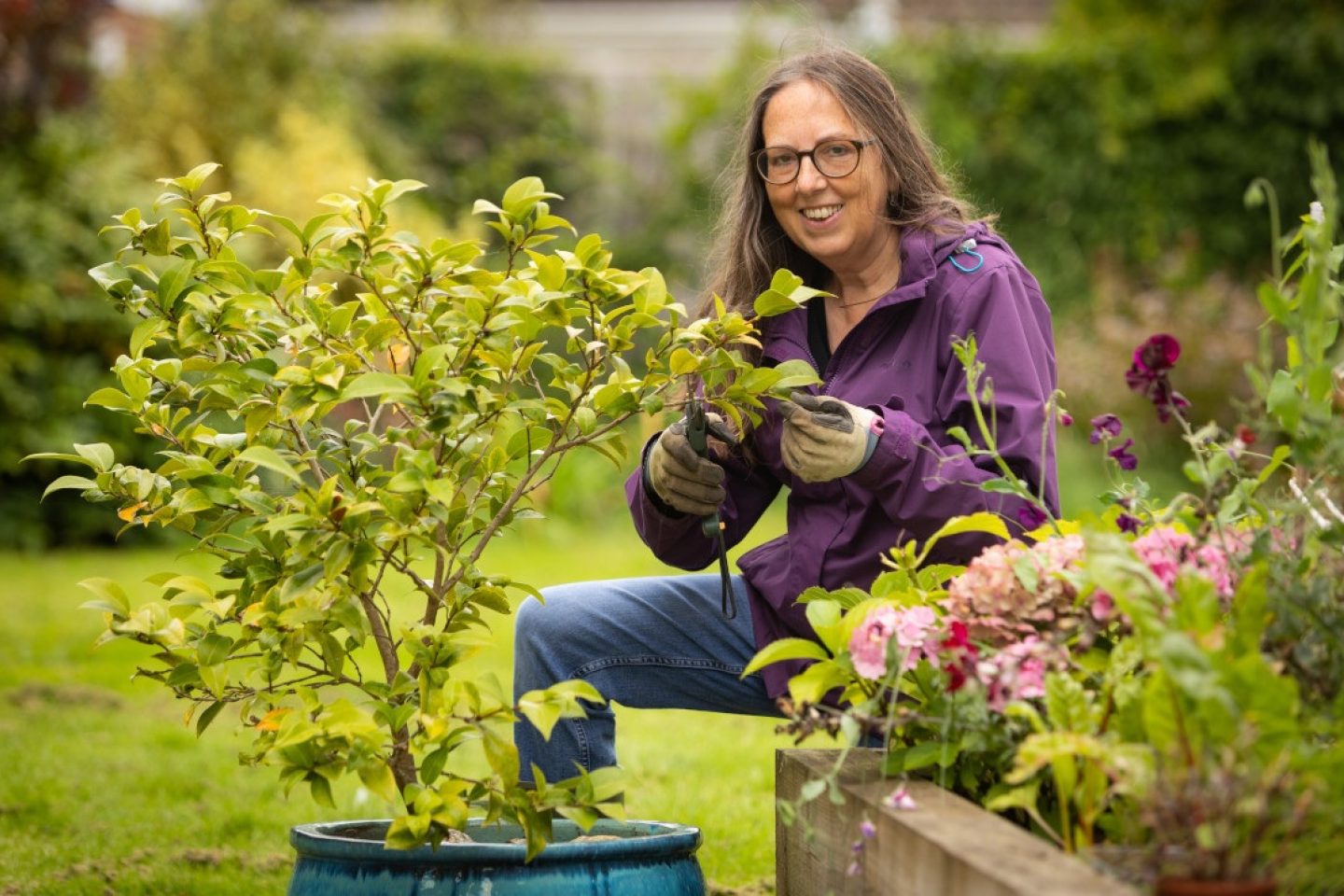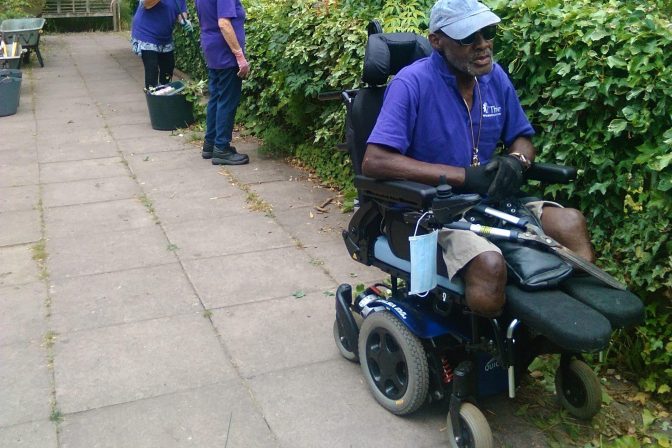These are a few things to think about when deciding where to position your raised bed.
Sun level
Try and choose a reasonably sunny spot. Ideally, it will also get a little bit of shade throughout the day. If you put your raised bed somewhere very shady, there are still some plants you can grow. Your options will be a bit limited, though.
You may want to avoid having your raised bed too near to big trees. They can create a lot of shade and drop leaves and seeds on your raised bed.
Wind
Try not to place your raised bed in any very windy parts of your garden. You want your plants to be able to get plenty of air, but not get battered.
Access
Think about how you will get to and around your raised bed. Any paths leading to it should have a level, firm, non-slip surface.
If you use a wheelchair, avoid having paths with loose material like gravel or wood chip. Ensure any path is wide enough, with space for turning. Find detailed advice in our guide to wheelchair friendly garden design.
Ease of watering
If your raised bed is close to a garden tap or source of water, then watering will take less effort.
What’s below
You can position a raised bed on a soft or hard surface in your garden. This could be on the grass, on hard soil or onto concrete / patio areas.
Whatever you place your raised bed on, the surface should be firm and level.
What's below your raised bed will affect drainage. On grass, water can drain into the soil below. On concrete, you will need to make sure water can drain away, for example through holes in the side of the raised bed.













